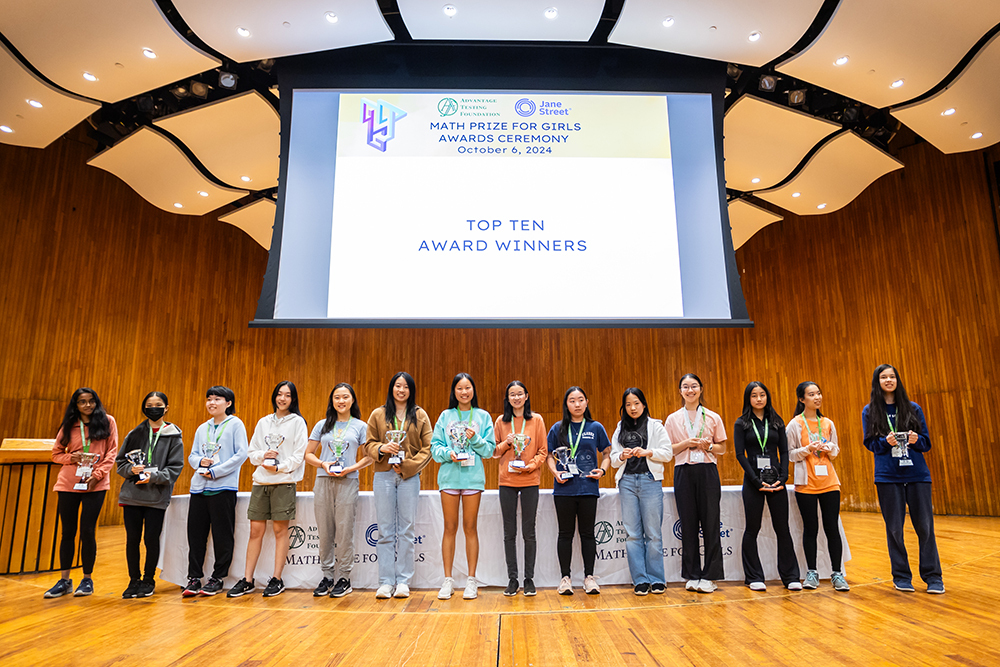As the mountains and trees of California’s Napa Valley drift past the car window, 6-year-old David Kastner is deep in conversation with his father. The conversation is a familiar one, shifting naturally from gravity to electromagnetism. For as long as he can remember, scientific curiosity has been a key part of his conversations on these drives.
“I remember being fascinated by how complex the universe is and how little people know about it,” recalls Kastner, now a fourth-year PhD student in bioengineering. “I always wanted to uncover new truths about the universe.”
Nearly two decades later, Kastner is now at MIT studying a challenging subset of proteins known as metalloenzymes, in the lab of Heather Kulik, a professor of chemical engineering, and Forest White, a professor of biological engineering. With the same curiosity that sparked those on-the-road discussions with his father, Kastner is motivated by a desire to harness the chemical and medical potential of enzymes through computational and mechanistic approaches.
Kastner’s research aims to uncover the fundamental blueprints of reactivity for enzymes using state-of-the-art computational methods. However, his approach to research involves not just physics, chemistry, and biology, but also art, which has been an integral part of his life since childhood. Kastner produces beautiful 3D illustrations of molecular systems that help make his research more accessible to a wider audience.
“Seeing the science in a way that looks so real that you feel like you can touch it can be more impactful than a bar plot or a histogram,” he says. “If scientists were more invested in showing their work in engaging and interesting ways, then we would have more people involved in science.”
Form and function in equal measure
Kastner’s research has spanned quantum chemistry calculations, protein engineering, bioinformatics, synthetic organic chemistry, and mammalian tissue models. He earned his bachelor’s degree in biophysics at Brigham Young University, and once he began his PhD program at MIT, he decided to zero in on metalloenzymes.
Among metalloenzymes, Kastner has chosen to focus on high-valent metalloenzymes, which contain a highly reactive metal atom that has lost many of its electrons and eagerly reacts to regain them. His personal favorites are non-heme iron enzymes, due to their vast repertoire of chemical reactions, direct applicability to human health, and the tunability of their active sites for engineering novel reactivities.
Giving old enzymes new reactivities isn’t easy, however. His first published paper, authored alongside former members of the Kulik Research Group, showed why.
Kastner’s research explores the mechanistic differences between non-heme iron halogenases and hydroxylases, two classes of high-valent enzymes that activate normally unreactive C–H bonds. By investigating trends across structural databases and molecular dynamics simulations, he identified key interactions that result in subtle differences in the substrate positioning angle, influencing reactivity. Kastner’s computational findings suggest new ways of converting between halogenases and hydroxylases.
While an intuition of an enzyme’s structure can go a long way, sometimes you need to move beyond structure. “As soon as you add a metal into the core of an enzyme, it becomes much more challenging to model,” he says. “It requires unique and cutting-edge tools in order to understand reactivity. That’s why we need quantum chemistry calculations so much in our research.”
Trying to unlock the secrets of nature’s most efficient catalysts requires observations at the sharpest level possible. A given enzyme’s structure and reactivity is determined by the interactions between the electrons it contains, hence the reliance on quantum computing methods.
The importance of viewing the entire enzyme from a quantum mechanical lens came to the forefront of Kastner’s research in his most recent publication. Kastner and his collaborators discovered that the reactivity of a class of miniature artificial metalloenzymes was controlled by changes in dynamic charge distributions, which can be thought of as a way of seeing how electrons and charges fluctuate throughout an enzyme’s structure.
“If you’re interested in how life functions, then it only makes sense to look at enzymes and proteins,” he says. “Enzymes are the machinery that evolution came up with to harness physics and chemistry.”
“I’ve always been interested in that question,” he continues. “How do you get from these purely mathematical underlying physical laws to living, breathing organisms with feelings?”
The art of science
In addition to research, Kastner can be found using 3D graphics programs like Blender and VMD to visualize macromolecular systems and their interactions. His work can be seen on the covers of scientific journals published by Nature and the American Chemical Society, but his initial forays into art were far simpler.
“I would draw everything,” he says. “It was the game I would play. I would draw; I would ask my parents to draw for me; I would ask people I would meet, ‘Can you draw this for me?’”
His mother made hyperrealistic art inspired by nature and was the biggest artistic influence on him early on. Kastner described a photorealistic lynx his mother drew with a scratch board hanging at his grandparents’ home that he found particularly inspiring as a child.
He took traditional art quite seriously in high school. He worked with charcoal and oils, winning multiple competitions, but he wasn’t sure how he might apply these skills to his academic interests.
“At that time, I hadn’t realized how to reconcile art and my love of science,” he says. “They still felt so different and no one I talked to tried to combine them at all.”
If he had come of age in late-15th-century Italy, however, that might not have been the case. The Renaissance was defined by figures who didn’t see boundaries between various disciplines, and perhaps none are more enduring than Kastner’s favorite scientist of all time: Leonardo da Vinci.
“It’s pretty incredible that the man who is universally credited as being the grandfather of modern anatomy and physiology is also the same man who painted the ‘Mona Lisa,’” he says. “I feel like the world would be a better place if we had more people like da Vinci who could reconcile the sciences and art.”
In fact, he thinks the erosion of trust in scientists could be eased if that were the case. Peer-reviewed papers are dense and technical because they need to describe complex experiments in a way that makes their results reproducible, but that means the average person probably won’t understand it. That’s where art can help bridge the gap.
“If we communicate our science in ways that connect to ordinary people, I think it will automatically get rid of some of that distrust,” he says. “We need to keep writing papers the way we do; there’s no way around that. However, scientific art can help make this information more accessible. By converting esoteric data into familiar and relatable visuals, researchers can extend an invitation to people of all ages and backgrounds to interact with their science through the universally shared language of art.”

 2 months ago
30
2 months ago
30

